Last updated on May 15th, 2025 at 05:12 pm
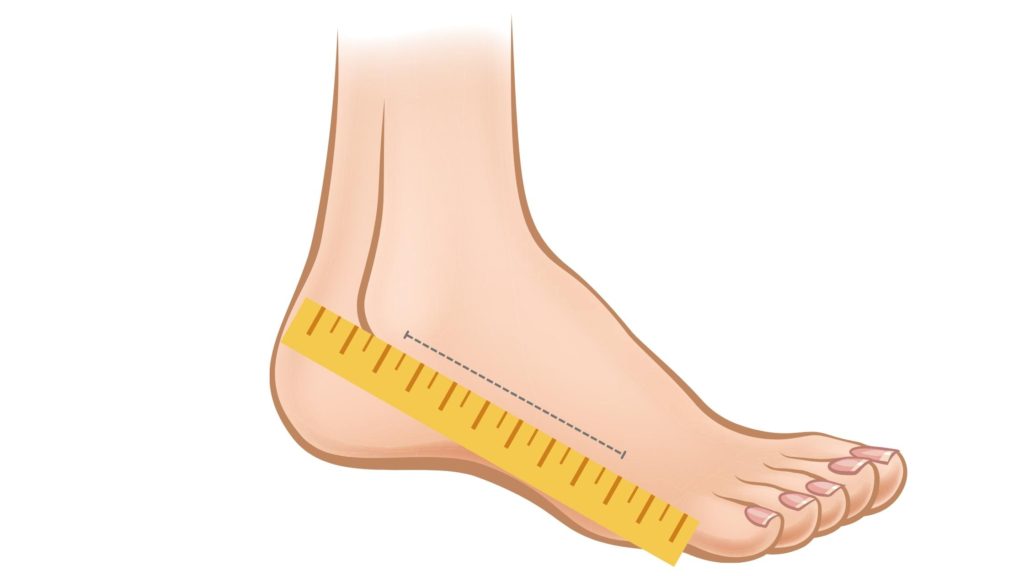
The Feiss line test is a simple and convenient way to measure the alignment of the medial longitudinal. It is a common test performed by the physical therapist and other health professionals to assess the degree of flatness of the foot.
The test procedure includes measuring the position of the navicular bone during rest and in a standing position with body load1. The only equipment necessary to perform this test is a scale and a marker.
Here is the step-by-step guide to performing the Feiss line test.
What’s Feiss line test
Feiss line test evaluates the alignment of the medial longitudinal arch by measuring the height of navicular bone from the floor in two different positions: during rest and in a standing position with body load.
The navicular bone is a small, boat-shaped bone located on the medial (inner) side of the foot, between the talus and the cuneiform bones. It plays a vital role in maintaining the integrity of the foot arches, especially the medial longitudinal arch.
In a normal foot, the navicular bone is suspended above the ground by the medial longitudinal arch, which acts as a shock absorber while running and jumping.
However, in flat feet, the medial longitudinal arch collapses, making the foot flat. So, measuring the position of the navicular bone gives an idea of the degree of flatness of a flat foot.
Process of Feiss line test: a step-by-step method
The Feiss Line test measures the position of the navicular bone during rest and loading (standing) to the line drawn between the medial malleolus and the first metatarsal head.
It is more reliable than other test as other test measures the height of the naviculard drop during loading.
Also, the Feiss Line test is easy to conduct and requires no complicated measuring devices; it can be done by using a simple pen and goniometer (ruler)1.
Step 1: Measure navicular bone position at rest
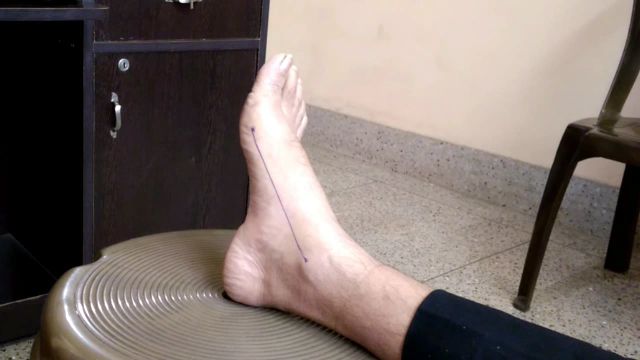
The first step is to measure the position of the navicular bone in a resting position. For this:
- Make the person sit and relax on a chair with their foot over the stool, as shown in the image below.
- Use a black marker to mark two points (as in the figure above), one over the medial malleolus and another over the base of the first metatarsal.
- The medial malleolus is present at the lower end of the fibula, and the base of the first metatarsal is very prominent; it forms the first ball of the toes.
- Take a ruler and join the two dots, making a straight line. This line joins the medial malleolus and base of the first metatarsal; we call it the Feiss line.
Step 2: Measure navicular bone position in standing with body load
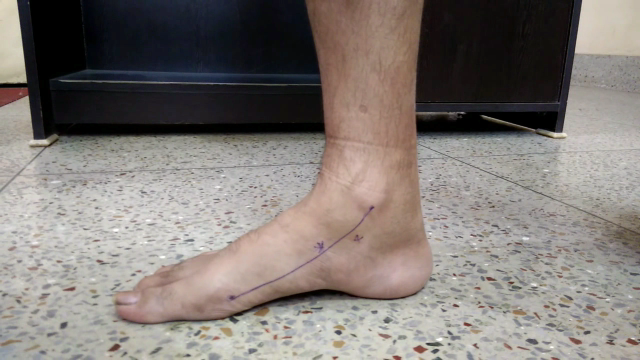
The next step is important, which measures the position of the navicular bone in a standing position when the load is over the foot.
- Make the person stand straight and take weight on the foot.
- Palpate for the navicular tuberosity and make another dot over it, which is a prominent bony part just beside the medial malleolus.
Evaluating the feiss line test
Now that you have marked the position of the navicular bone in two different positions, sitting and standing. It’s important to observe its position in relation to the Feiss line, which is a line drawn on the foot.
If the navicular tuberosity mark falls below the Feiss line, then it’s considered a positive Feiss line test. The collapse of the navicular bone can indicate a reduced medial longitudinal arch, which may occur in individuals with flat feet.
You can also measure the height of the navicular bone in relation to the floor in rest position and standing position, and compare it with the grades of flat foot mentioned below.
- Grade 1: In grade 1, the navicular tuberosity falls 1/3rd of the distance of the floor.
- Grade 2: In this
grade, this point falls a little more. It falls 2/3 of the distance away from the floor. - Grade 3: Grade three involves the navicular tuberosity to touch the floor.
Keep Reading: Shoe Inserts for Flat Feet: Types & How it Work
The author is a physiotherapist who has been practising for the last 17 years. He holds a Bachelor's in Physiotherapy (BPT) from SVNIRTAR (Swami Vivekananda National Institute of Rehabilitation and Research), one of the prestigious physiotherapy schools in India.
Whatever he learns dealing with his patient, he shares it with the world through blogs and e-books. He also owns a YouTube channel, "Sunit Physiotherapist" with over 8 lakh active subscribers. Here, he shares everything he gets to learn serving the patient.
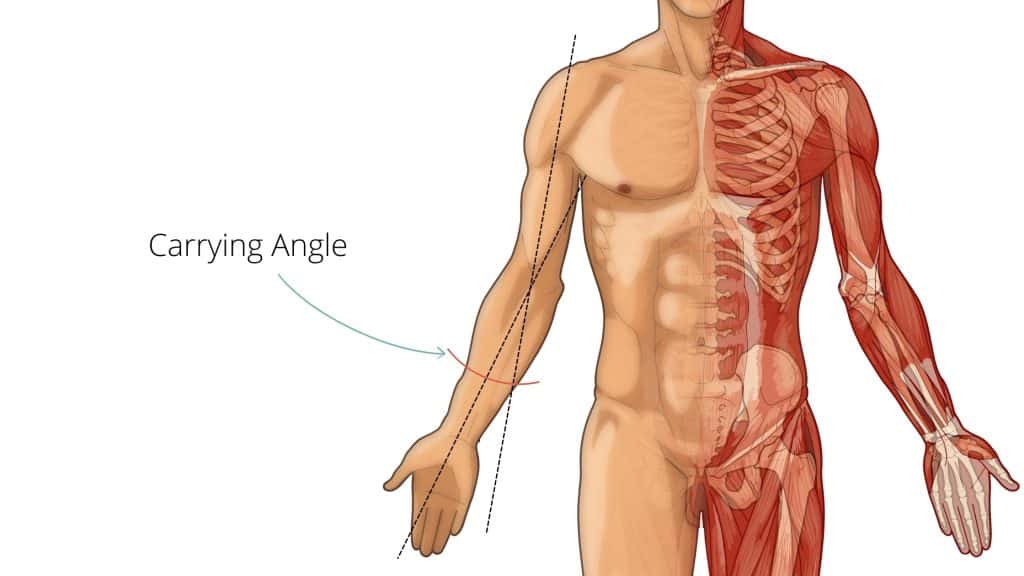


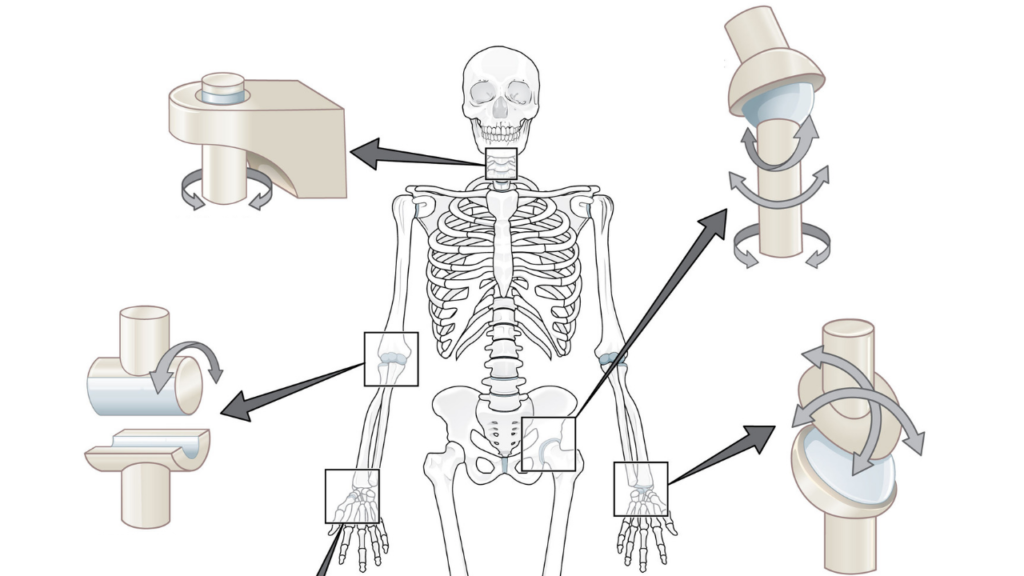
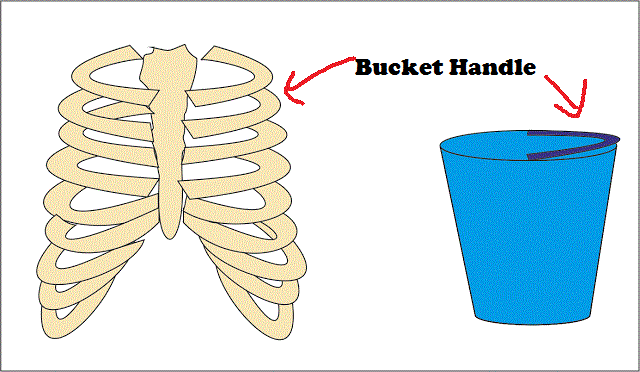
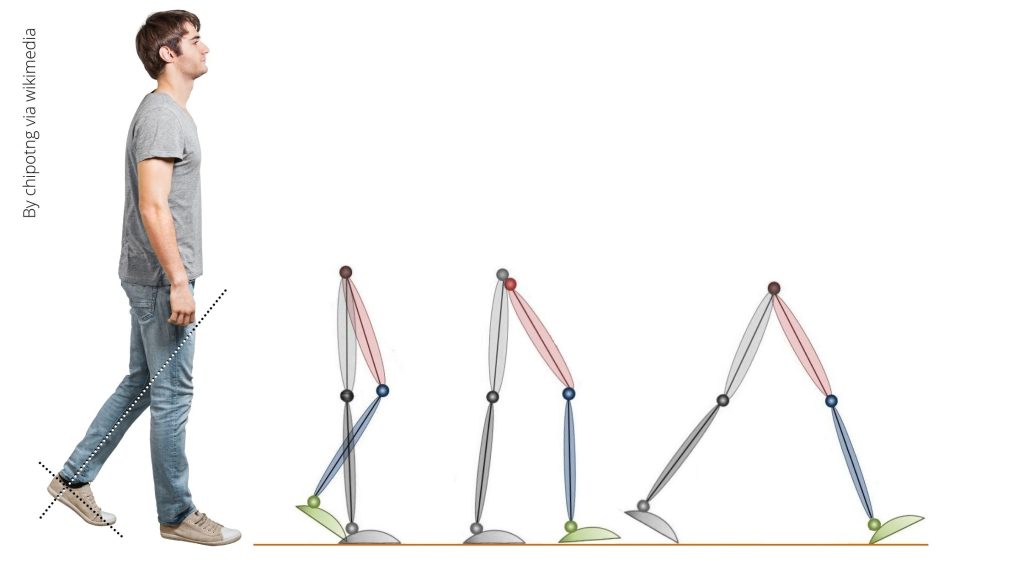
Pingback: Shoe Inserts for Flat Feet: Types & How it Work - Physiosunit
Pingback: Shoe Inserts for Flat Feet: Types & How it Work : Physiosunit